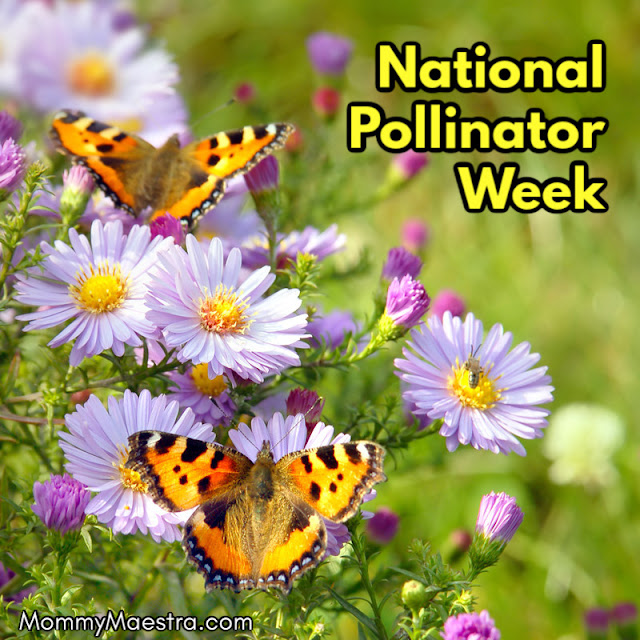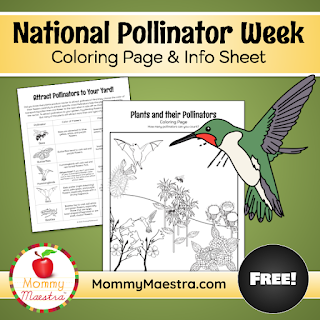 |
| © Can Stock Photo - artjazz |
National Pollinator Week? What's that?
This week, all across the U.S., states are celebrating National Pollinator Week. This is the time for celebrating these remarkable creatures by creating friendly outdoor environments for them and spreading the word about the important role they play.
2020 has been THE year of the garden. Everyone I know seems to be growing their own vegetables or spending more time landscaping their yards thanks to the pandemic and (self) quarantine. We are no exception, though we typically garden throughout the year. So a lot of people are looking at making their gardens pollinator friendly... for the benefit of their gardens.
Pollinators help plants reproduce by transferring pollen between flowers and sometimes between plants. Pollen is produced by the male parts of a flower. When it transfers to the female part of a plant, fertilization happens and seeds are produced. For those of us growing vegetable gardens, this results in beautiful fruits and vegetables.
There are many types of pollinators, but the most common ones are bees, butterflies, hummingbirds, and bats. (Honey bees alone are an essential part of our commercial crops. They're responsible for more than 15 billion dollars worth of fruits, nuts, and vegetables!)
Plants go to a lot of effort to attract pollinators. They produce flowers of different shapes, colors, and fragrances. For example, long tubular red and purple flowers are preferred by hummingbirds who use their long bills to drink the nectar deep inside.
Ah, the nectar! That's the plant's most precious lure and reward for pollinators who cannot resist the sweet liquid.
Some pollinators are very specialized. The squash bee, for instance, only feeds on squash, pumpkin, and gourd flowers.
But pollinators, in general, are endangered. Pesticides, especially, have had a harmful effect on pollinator populations.
Which is why we celebrate National Pollinator Week.
And as part of my way of celebrating, I've created a printable information sheet and coloring page that the kids can color while learning which type of flowers attract different pollinators. Click here to download them.
And don't forget that I have a free board game you can download and print, too. It's a sample activity from my larger Bees of the World Packet.



